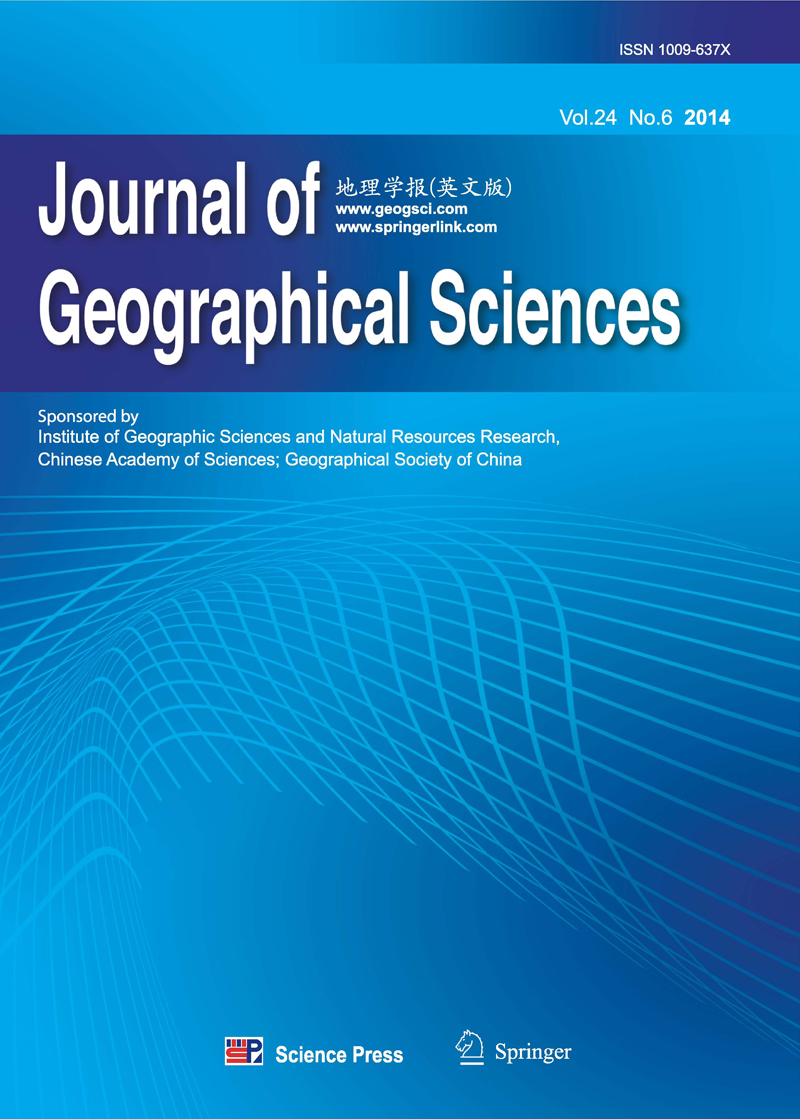
In isotope 137Cs tracing studies, it is a premise to determine suitable 137Cs reference inventory (CRI) plots and the CRI values. Owing to the heterogeneous spatial distribution of 137Cs deposition in the ground and diverse, or even irregular, operations in sampling and testing procedures, CRI determination is usually faced with many difficulties and uncertainties. In addition, more difficulties occur in an investigation of a large-scale region because of time constraints and measurement cost limitations. In this study, traditional CRI acquiring methods were summarized first, and then a new complex scheme was established, involving seven core steps and coupling the model estimate and sample measurement. The above CRI determination methodology was implemented in the central-eastern Inner Mongolia Plateau. The case study results showed that the CRI in the dark chestnut soil sub-region, located in the east and south of Xing'an City, exhibited 2447 Bq·m-2; the CRI in the aeolian sandy soil sub-region, positioned in the south central Tongliao City and central Chifeng City, showed 2430 Bq·m-2; the CRI in the sandy chernozem soil sub-region, situated in the northwestern Chifeng City, presented 2384 Bq·m-2; and the CRI in the chestnut soil sub-region, in the southern Xilin Gol City, was 2368 Bq·m-2. The newly proposed CRI determination scheme was proved effective, and the determined CRI plots and CRI values were convincing. The methodology offered a framework for 137Cs tracing studies in large-scale regions or long-distance transects.